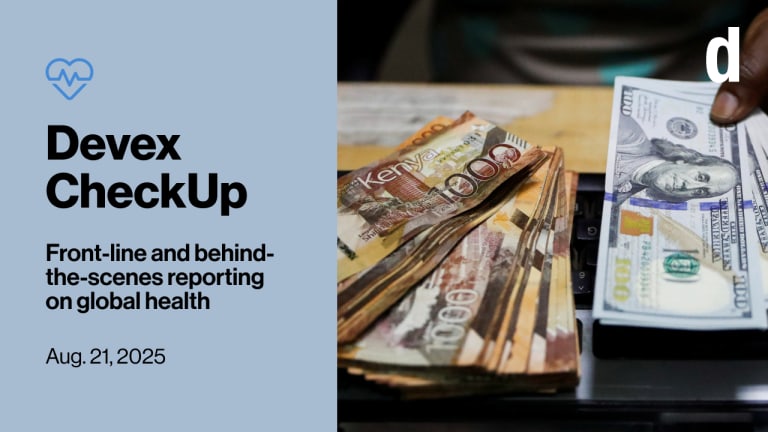
Although the international development community has scored significant wins in the battle against HIV and AIDS, interventions to protect most at-risk populations — including women and girls — have fallen short.
Women comprise more than half of the people worldwide who are living with HIV and AIDS, according to U.N. data. The numbers are worse in sub-Saharan Africa, where women and girls presently account for 60 percent of HIV cases and 72 percent of youth living with HIV are females.
Globally, HIV and AIDS is also the leading cause of death for women in their reproductive years, according to the World Health Organization.
But what makes women and girls more susceptible to contracting HIV and AIDS?
Dangerous confluence of factors
Women are biologically more likely to acquire HIV from men during sexual intercourse. Younger women with less developed reproductive tracts are even more vulnerable — the HIV prevalence rate for females aged 15-24 is roughly twice as that of males of the same age.
Elisha Dunn-Georgiou, Population Action International’s vice president of programs, explained that in some contexts, women lack the power to refuse or negotiate for safe sex, especially in marriage. Among the root causes for this are women’s lack of economic autonomy and fear of violence or social sanctions.
Violence against women is among the biggest contributors to higher incidences of HIV and AIDS among females, Elise Young, Women Thrive Worldwide’s vice president of policy and government affairs, asserted. The risk for women to contract HIV and AIDS is actually higher in countries with high rates of sexual assaults.
And because women and girls in these contexts typically have less access to nutrition and medical care, once infected with HIV, they are likely to have full-blown AIDS much more quickly.
Moreover, contraceptives are often not widely available in areas that already have high rates of HIV and AIDS, and obstacles remain for women who want to have access to them, Dunn-Georgiou said. Some of these women have to travel long distances and spend hours waiting for services that are not routinely offered together, such as basic health care and women-specific reproductive health services.
Apart from gender-based violence and insufficient access to health care, there are other factors that make women and girls more vulnerable to HIV and AIDS. In times of poverty, for instance, women may be forced to take up dangerous occupations that open them to higher risks of infection, such as sex work.
Norms of masculinity also encourage men to have multiple sexual partners, who are sometimes much younger than them. Further, in some societies, there remain beliefs that if an HIV-positive man has sexual relations with a virgin, he will be healed.
In addition, HIV and AIDS impose other burdens on women, who are expected to play caregiving roles in the community. Girls are sometimes pulled out of school to take care of HIV-positive family members, Young said. The offspring of women with AIDS are at risk of infection as well.
Despite this alarming trend, Dunn-Georgiou said women tend to know less than men about how HIV is transmitted and how infection can be prevented.
Moving forward
Family planning and reproductive health services need to be integrated with HIV services, Dunn-Georgiou explained, but barriers persist. There are still separate funding channels for different services, and routine shortages of contraceptives and trained health workers on the ground.
Donor initiatives should provide robust and flexible funding for both family planning and HIV and AIDS programs, she suggested. PEPFAR has set an example for this, she added, but it still needs to institutionalize funding for contraception, which it generally does not pay for.
For Young, educating girls should be a priority as it will arm young women with the knowledge to protect themselves better against infection.
HIV-positive people need to be included in policy decisions and implementation as well, Dunn-Georgiou added.
Join the Devex community and gain access to more in-depth analysis, breaking news and business advice — and a host of other services — on international development, humanitarian aid and global health.








